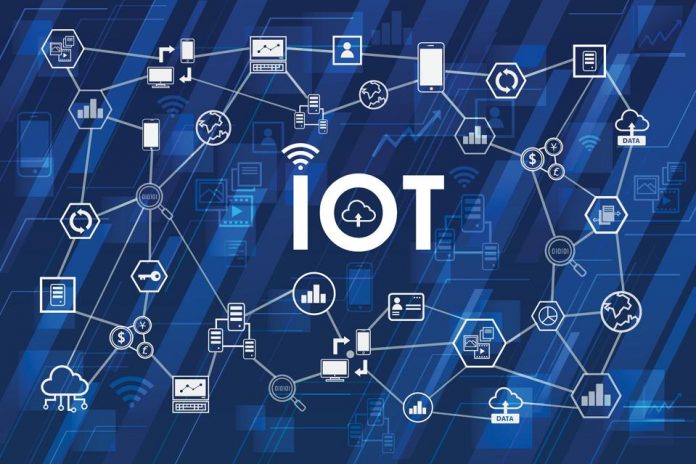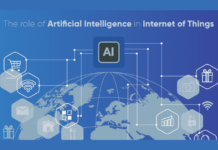The IoT is a collection of objects (“things”) that can exchange data with each other through the Internet. IoT devices range from ordinary household appliances in a “smart” home to sophisticated industrial and scientific tools
On Thursday, researchers at the Indian Institute of Technology (IIT) Mandi said, to aid futuristic IoT (Internet of Things) applications remotely, they have developed wireless powering and communication technology.
The institute said, the new tech can help remotely power, in addition to IoT devices, applications such as battery-free wireless cameras, wireless monitors, sensors, skin-attachable sensing platforms, contact lenses, machine-to-machine communication, and human-to-machine interactions.
The IoT is a collection of objects (“things”) that can exchange data with each other through the Internet. IoT devices range from ordinary household appliances in a “smart” home to sophisticated industrial and scientific tools.
These smart things are equipped with sensors, chips, and software that must be powered and stay in communication with other devices at all times.
Simplistic power sources such as batteries may be unsuitable for such applications because of the constancy of power required, and because some of these “things” may be embedded or hidden, which makes changing batteries difficult.
Thus, there is a worldwide research in combining remote communication technology with remote powering options.
The IIT Mandi team performed research on two such powering options – radio frequency energy harvesting (RF-EH) and backscatter communication.
“We have developed a cooperative model, in which, backscatter communication and RF-EH devices act together to optimally allocate the resources such as time and antenna weights,” said Shivam Gujral, from the varsity’s School of Computing and Electrical Engineering, in a statement.
In RF-EH, energy is transmitted by a dedicated transmitter to the IoT device through radio waves, the same kind of waves that are used in mobile phones for communication.
Power in backscatter communication, as before, is transmitted via radio waves, but with/without the need for a dedicated transmitter.
Instead, to power the IoT objects, RF signals available in the vicinity, such as Wi-Fi, cell phone signals, etc., are harnessed through reflection and backscatter.
“We used a dedicated power transmitter for the two devices, in which the backscatter device transferred information through a monostatic configuration and the RFEH device through the HTT protocol,” said Dr. Siddhartha Sarma, Assistant Professor at IIT Mandi.
The findings of this study are published in the Wireless Networks.
To analyse system performance, researchers now plan to implement the joint radiofrequency energy harvesting-backscatter communication system in real-time. This would include working on the hardware aspects of the two complementary technologies, they noted.
Also read: CIO News interviews Shri Wangki Lowang, Minister (IT) of Arunachal Pradesh
Do Follow: CIO News LinkedIn Account | CIO News Facebook | CIO News Youtube | CIO News Twitter
About us:
CIO News, a proprietary of Mercadeo, produces award-winning content and resources for IT leaders across any industry through print articles and recorded video interviews on topics in the technology sector such as Digital Transformation, Artificial Intelligence (AI), Machine Learning (ML), Cloud, Robotics, Cyber-security, Data, Analytics, SOC, SASE, among other technology topics






